
Midjourney 6 arrives at last: pricing, features, release date
Midjourney is one of the fastest evolving AI art technologies out there. When version 1 emerged in February 2022, it churned out pretty humdrum images. Within less than 18 months, we’re already on the cusp of Midjourney 6 — and there’s a lot of excitement about new features lined up for this next major release.
The Midjourney 6 alpha has arrived just in time for Christmas 2023, now with the ability to depict text.
Whilst it’s always exciting to read about the future, we also suggest you read our guide on getting the best results out of Midjourney today. And to see what archrival Adobe can do, read how to get the best AI art from Adobe Firefly in Photoshop.
One more thing: it’s early days, but we have to hope that Midjourney 6 improves on the bias built into the engine. Read our in-depth article about the bias in AI: what 200 images of people at work reveal.
Jump to:
- Text in Midjourney 6
- Heightened realism
- Prompting tips
- How to use Midjourney 6
- Midjourney 6 release date
- How much does Midjourney 6 cost?
- What about better image composition?
- Midjourney 7 and beyond
Text in Midjourney 6
Text has long been one of Midjourney’s big weaknesses, as our guide to creating business images in Midjourney explained, with the vast majority of attempts to render text in images resulting in pure gibberish. The new version of the AI service makes text much more legible, helping Midjourney 6 make up lost ground on rivals such as OpenAI’s DALLE 3.
That’s not to say everything runs entirely smoothly when you attempt to insert text in Midjourney images. Oddly, this alpha test version only ever seems to get the wording correct on around one in four of the images created for each prompt. For example, when I asked Midjourney to create the word “sparkler” in a sparkler light trail it produced:
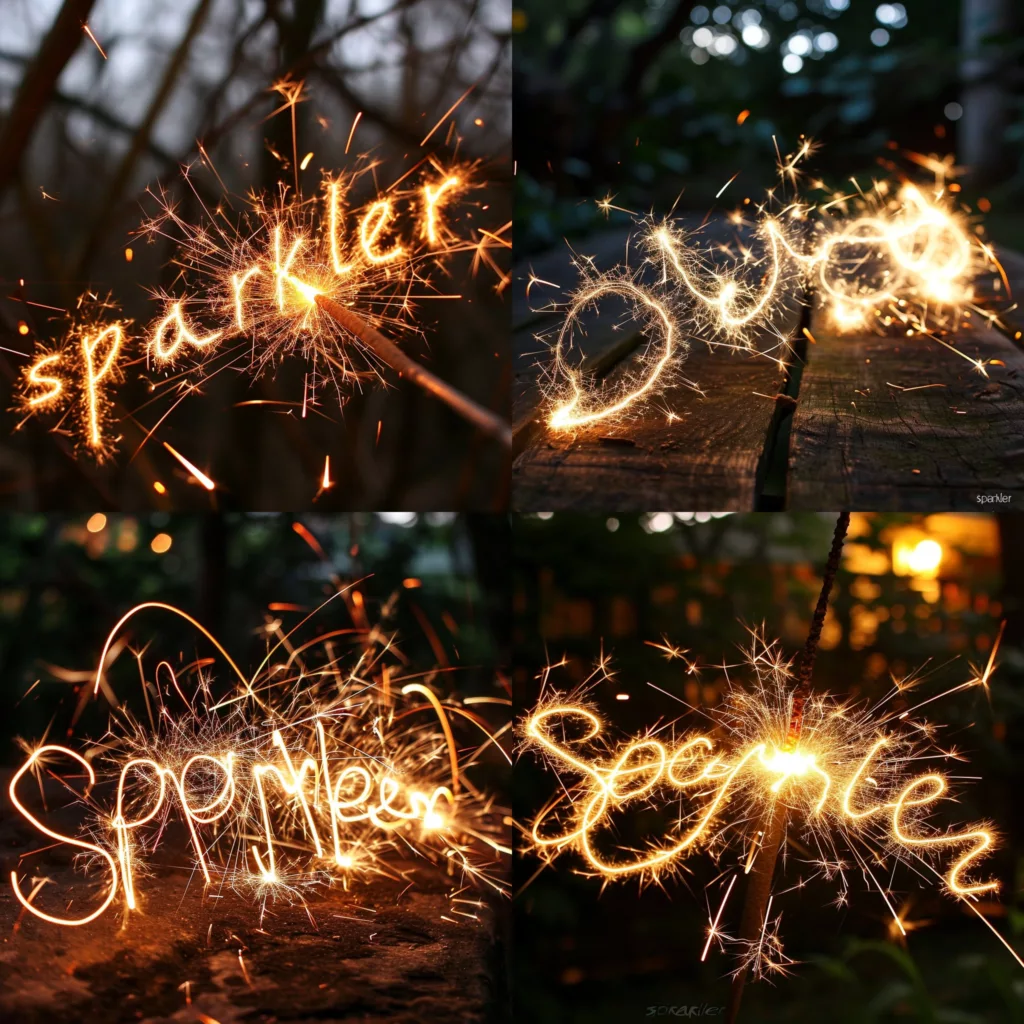
When it does work, the text effects can be very convincing. That said, it’s potentially going to generate some legal problems for the generative AI service, as the image on the left proves:


Heightened realism
Heightened realism is one of the most important new Midjourney 6 features. Midjourney claims the images rendered by version 6 are more realistic than ever before, and that certainly seems to be the case in our early tests. We’re definitely seeing less errors in the rendering of people, for example, with fewer glitches on hands (despite Trump’s slightly deformed left hand in the image above) and more natural lighting effects.

That increased realism doesn’t come at the expense of creativity, however, with Midjourney 6 still capable of delivering highly imaginative and convincing results:
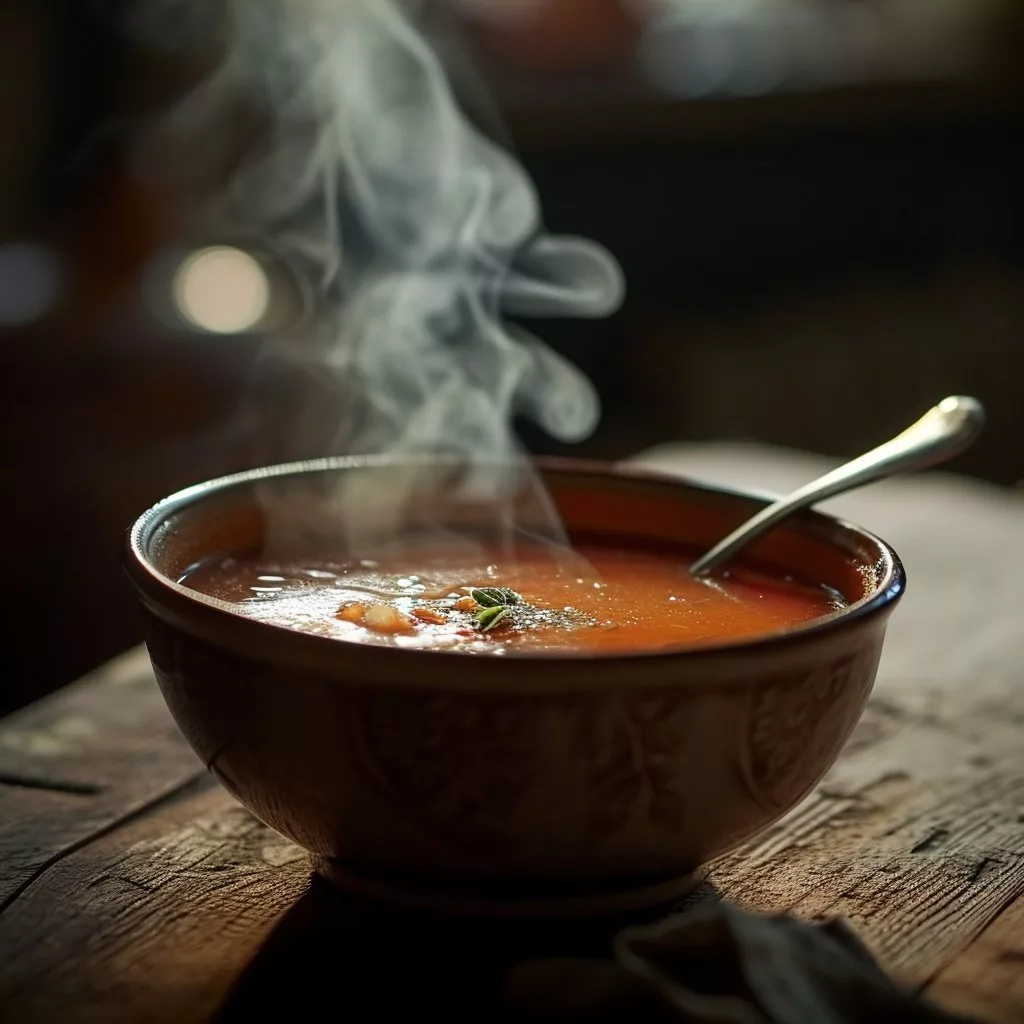
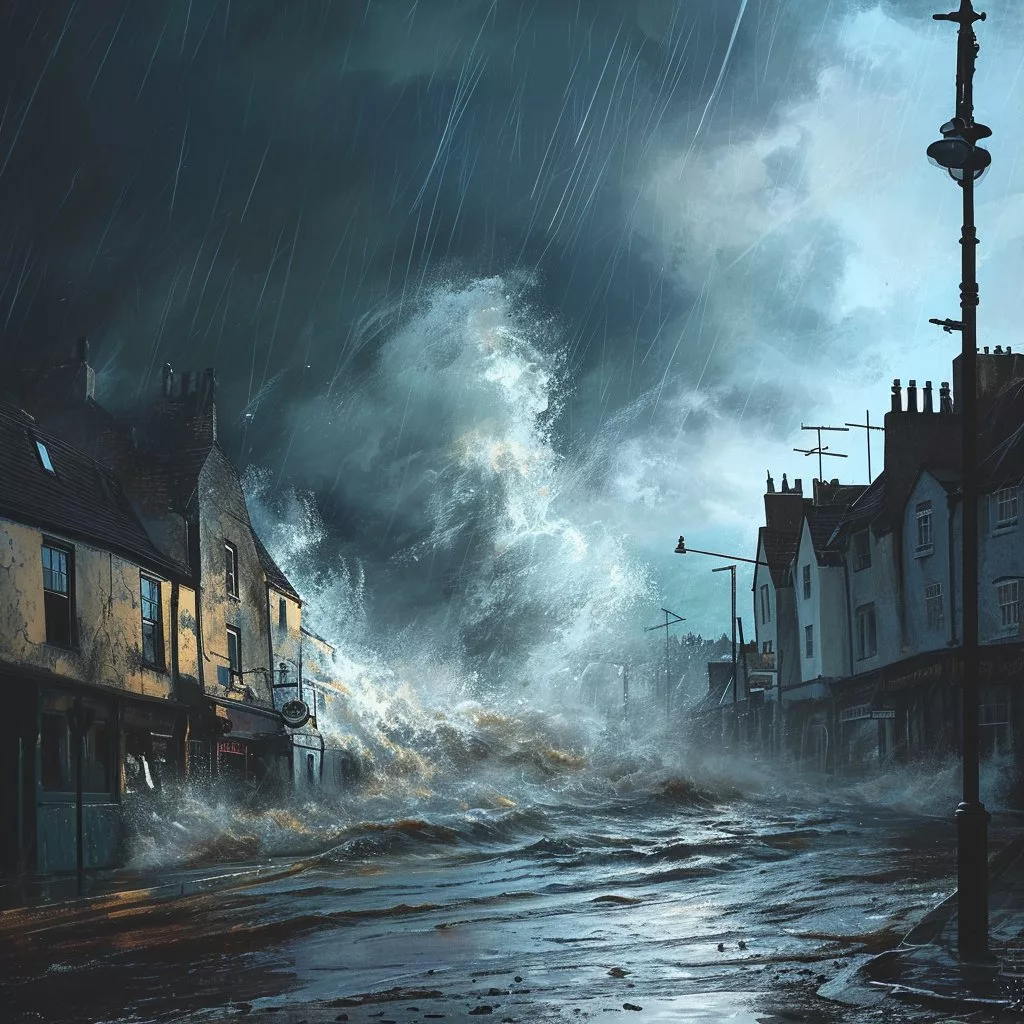
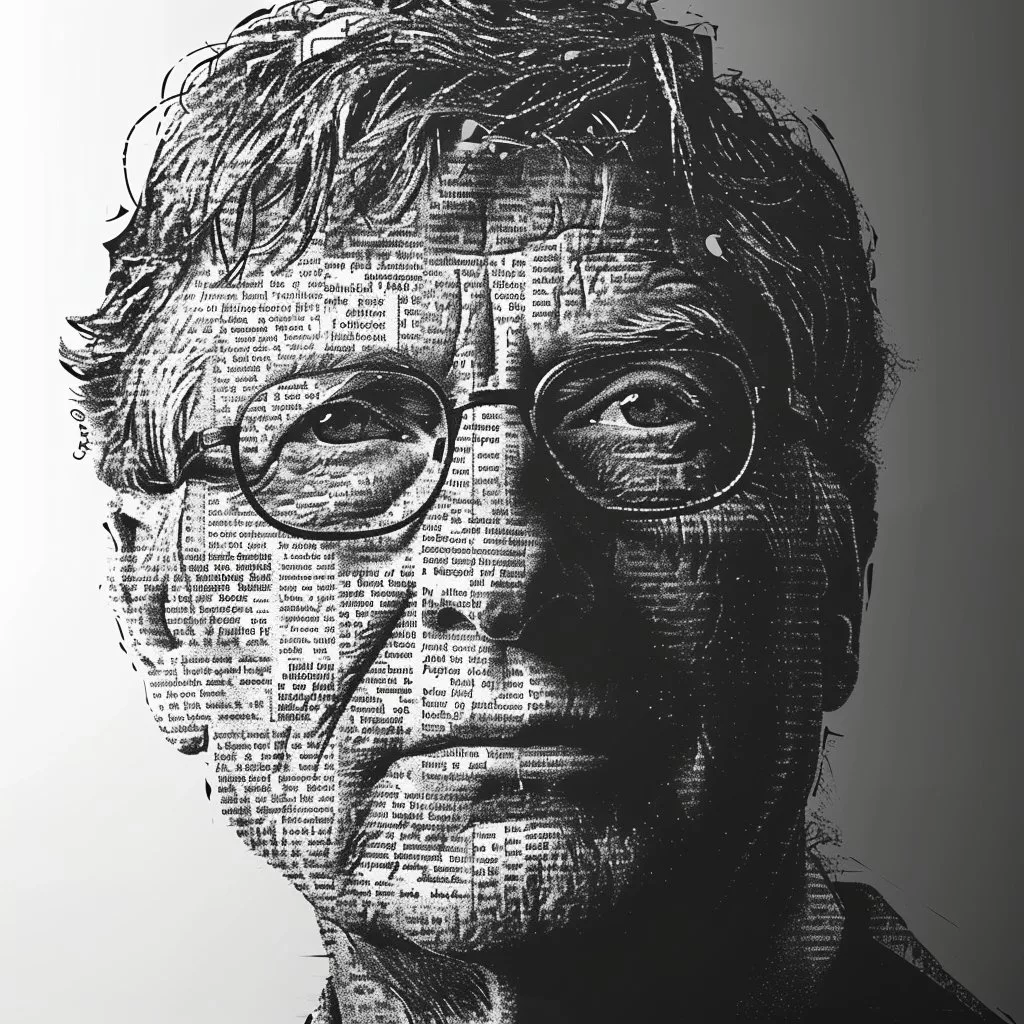
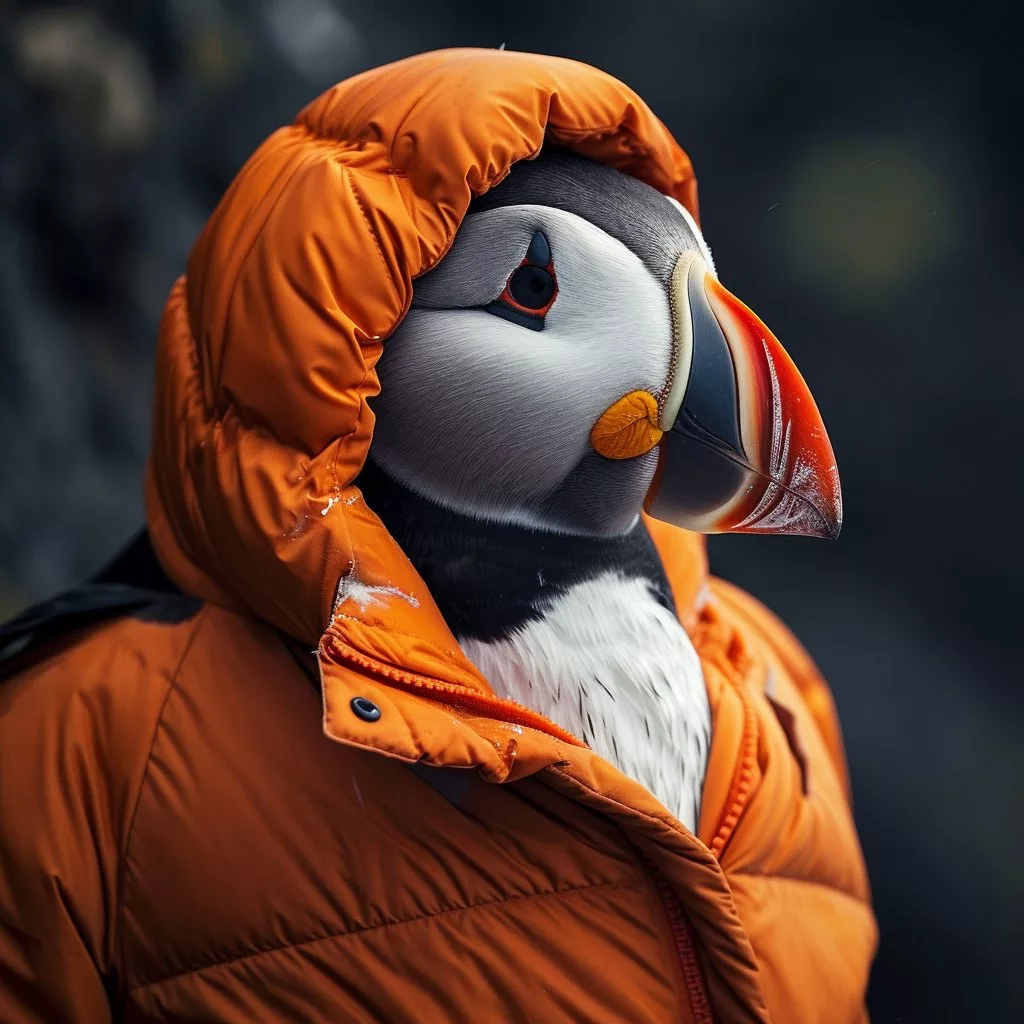
Prompting tips
Midjourney 6 has, according to the company’s launch announcement, completely overhauled the prompting system. That means “you will need to ‘relearn’ how to prompt,” the company claims.
Users are advised to be much more explicit about what they want from their images and to write in natural language, because the AI is much better at understanding your intent. Adding “junk” terms such as “award winning”, “photorealistic” or “8K” won’t have any effect, the company claims.
Parameters can be used to rein in Midjourney’s 6 more artistic style. If you want images to be more literal, photographic representations of the prompt, you should add the parameter “–style raw” to your prompts (without the quote marks).
Alternatively, if you want that more aesthetic style, then cranking the stylize parameter up to the max (“–stylize 1000”) is advised. To show the difference between the two styles, I asked Midjourney to create an image of a Labrador dog running through a puddle – the image on the left is “raw”, the image on the right is stylized to the max.
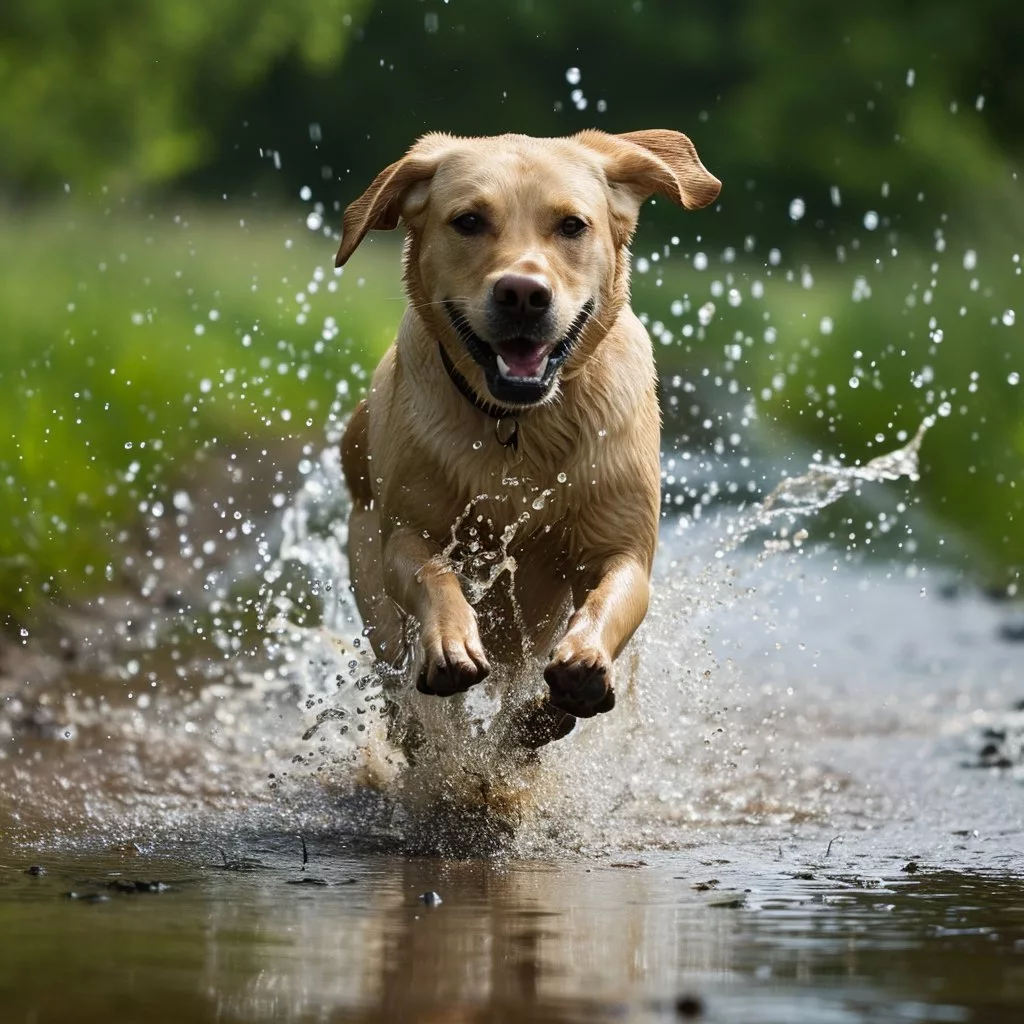
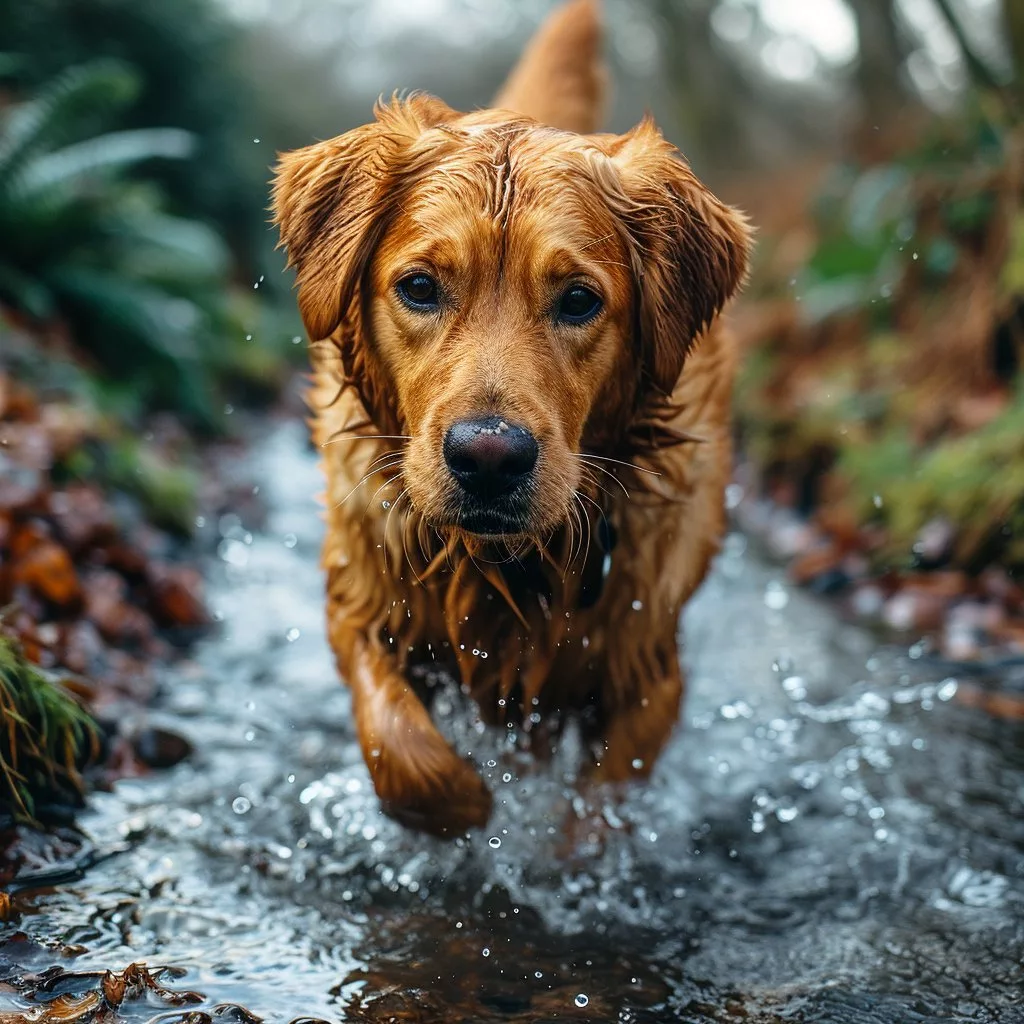
How to use Midjourney 6 features
As Midjourney 6 is currently in alpha, it’s not yet switched on by default. To use the new model you can either add “– v6.0” to each prompt, or open /settings and choose v6 to be the default engine.
Midjourney warns that users shouldn’t “rely on this exact model being available in the future. It will significantly change as we take V6 to full release.”
The new model also takes more processing power, and so it takes slightly longer to generate images, cranking up the cost per image generated – especially if you choose to fully upscale your images.
Midjourney 6 release date
Midjourney 6 was expected to be released in July 2023, so we’ve had to wait a long time for this alpha. Not that the time in between has been completely barren: in June, the company released Midjourney 5.2, which added the ability to zoom out from images and other new features.
As you can see from the schedule below, Midjourney has cranked out major new versions on a regular basis up until now:
| Version no. | Release date |
|---|---|
| 1 | February 2022 |
| 2 | April 2022 |
| 3 | July 2022 |
| 4 | November 2022 |
| 5 | March 2023 |
| 6 | Early 2024 (alpha already released) |
| 7 | Late 2024 (best guess) |
How much does Midjourney 6 cost?
The cheapest Midjourney plan costs $10 per month (plus VAT, if you’re in the UK). That buys you 3.3 hours per month of ‘fast GPU time’. On average, it takes around 30 seconds to generate an image on the fast GPU, meaning you should get around 400 image generations per month.
The Standard plan ($30) raises that to 15 hours of fast GPU time, while the Pro plan ($60) increases that to 30 hours. On any plan, you can add an extra hour of fast GPU time for $4.
What about better image composition?
Improved image composition was on the slate for Midjourney 6. That would be a welcome enhancement, as even relatively simple prompts in Midjourney 5 sometimes struggle with basic composition and getting objects in proportion.
Following Glastonbury festival in 2023, I asked Midjourney 5.2 to produce a graffiti-style image of Elton John waving goodbye from behind a piano. As you can see, the composition of the some of the suggested images was found wanting.
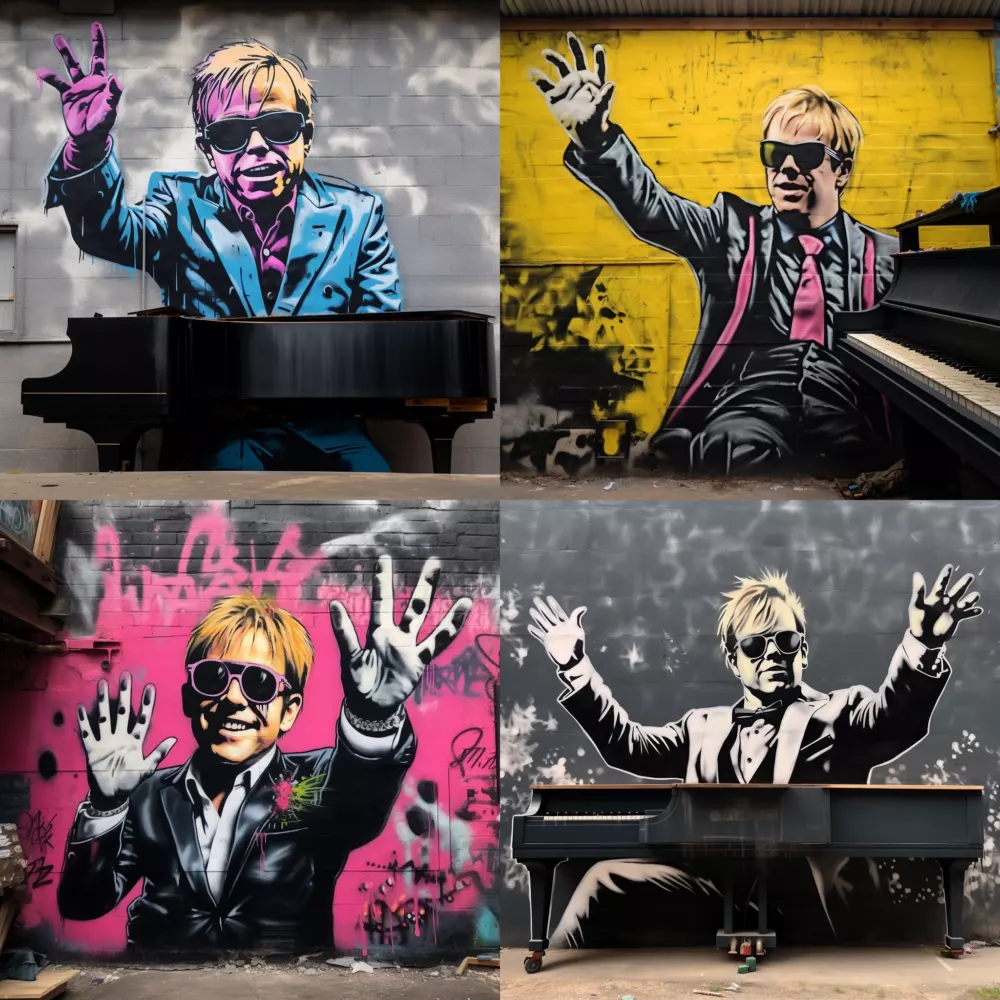
Midjourney 7: what features are in the works?
The Midjourney team has repeatedly stated that it’s working on both 3D and video output, but those features likely won’t arrive until at least Midjourney 7.
The company is also looking to improve its web and mobile platforms. Currently, Midjourney image generation is only available via the Discord chat service, but the company is aware that some new users have to learn how to use both Discord and Midjourney simultaneously, and that becomes a barrier to adoption.
The company has stated an ambition to deliver image generation through a standalone website and maybe even a dedicated mobile app, although these are likely to arrive after the release of Midjourney 6.
Midjourney 6: frequently asked questions
Who are Midjourney 6 main competitors?
There are dozens, if not hundreds, of startups in the generative AI art business at the moment. Among the most prominent is DALLE 2, the generative art service provided by OpenAI, the owners of ChatGPT. DALLE was arguably the service that brought generative AI art to mainstream public attention, but it hasn’t matured as quickly as Midjourney and its results now look comparatively rudimentary.
Other contenders include Adobe with its Firefly AI. Adobe recently introduced elements of the Firefly AI art generation into a beta of its industry-standard Photoshop software, which is hugely impressive and provides a glimpse of how AI could become part of professional artists’ workflows in the near future.
How many free images can you make on Midjourney 6?
Midjourney withdrew its free trial, reportedly over concerns that the service was being abused to create fake images of prominent public figures. It’s worth keeping an eye on Midjourney’s Twitter account, as the company does occasionally provide free access to the service for a weekend. Subscribers can also earn free fast GPU hours by rating other people’s Midjourney images.
UPDATED 8 AUGUST 2023 With link to guide to getting the most out of Adobe’s Firefly tool in Photoshop.
UPDATED 22 DECEMBER 2023 To tie in with the alpha release of Midjourney 6, we updated this article with tips on how to use it and introductions to its new features.
NEXT UP

Ryan Beal, CEO & Co-Founder of SentientSports: “Sports generate some of the richest datasets globally”
We interview Ryan Beal, CEO & Co-Founder of SentientSports, a startup using AI in fan engagement and athlete protection on social media.

Paris 2024: The greenest games ever
How the Paris 2024 Olympic Gamers organisers have lived up to their promise that this is the greenest Olympics ever

Salesforce, Workday team up to launch AI employee service agent
Salesforce and Workday have marked their new strategic partnership with the launch of an AI-powered assistant to handle employee queries.
